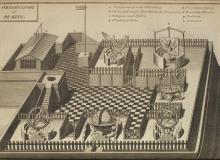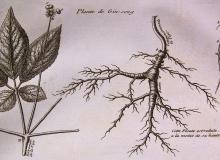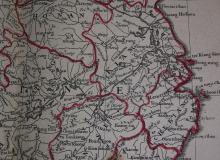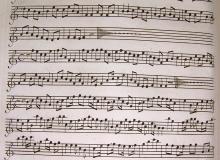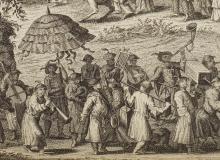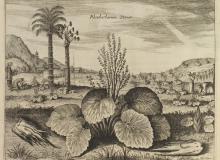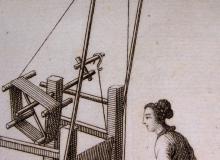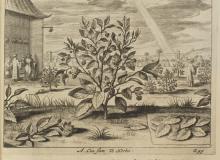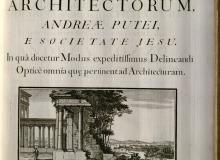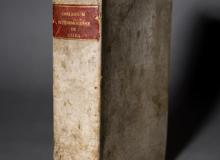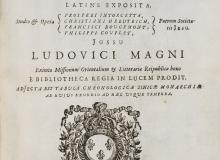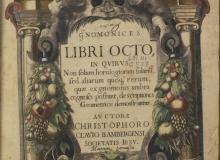Knowledge
The Jesuit priests and brothers were highly educated in both scholastic and humanistic learning. They were comfortable with theology and the emerging modern science. Their course of studies prepared them to preach in far away countries and to record what they saw in those lands. They thought about heavenly things and engaged with the world around them. Thus at the same time as writing the Commandments in Chinese, Jesuits were translating Confucian texts into European languages. Their letters are full of descriptions of things like fauna and flora and records of lunar eclipses and typhoons.
